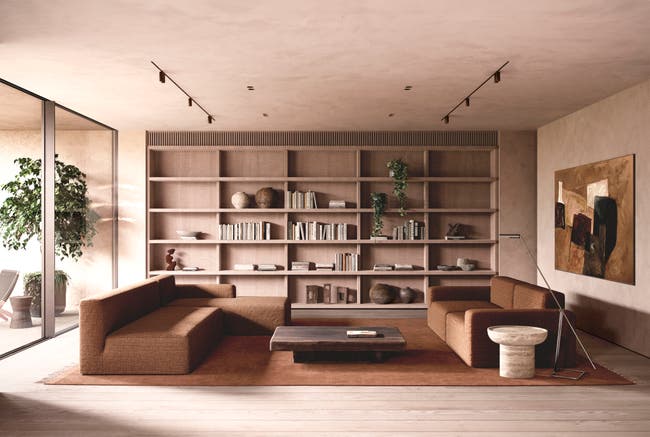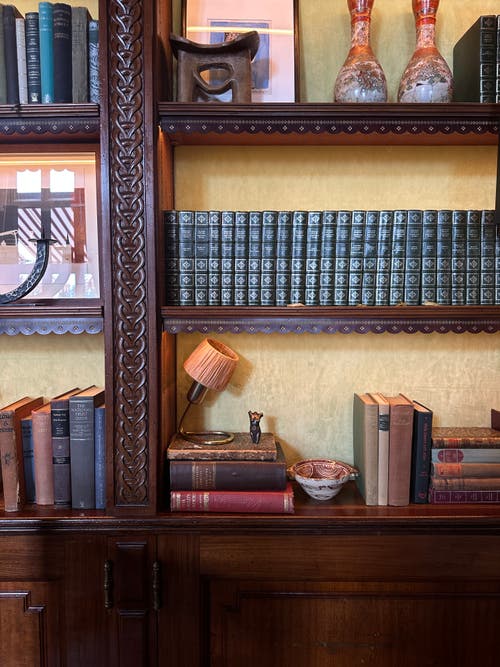Rome in your home
Anya Cooklin-Lofting explores how much of an influence the Roman empire has had when it comes to interior design

The aesthetic of the ancient civilisation can be seen in this development in Australia
(Neometro/Morq)How frequently do you think about the Roman empire? Such is the question on many a TikTok-er’s lips since the viral trend exposed quite how often men, specifically, consider the infrastructure and philosophies associated with the civilisation. Grandeur, heft, solidity and efficiency are appealing qualities, particularly for us 21st-century folk, plagued as we are with the transience of digital content, the frustrations of bad politics and the underfunding of public services.
Indeed, such is the popularity of the Roman empire, its influence can be seen in the interior design world today, and rest assured, I’m not talking about sewage systems. No, the impact is apparent in the re-emergence of the aesthetics of the period; motifs of classical statuary, sumptuous drapery, and materials like marble and terracotta, each of which is finding its way into new-season homeware collections and interiors. One example of the pervasive aesthetic influence of the Roman empire on the contemporary home comes from an upcoming development, 49 Walsh Street, in Melbourne, Australia.

Studio Bust uses 3D technology with ancient casting techniques to create classically inspired busts
(Studio Bust)The developer, Neometro, is selling the 10 apartments for between $4m (£2m) and $21m (£11m), having worked with MORQ, an Italian architectural firm, to bring a distinctly European feel to a modern Australian context. MORQ’s founder, Andrea Quagliola, feels a strong connection to the historical and aesthetic fabric of the city of Rome, and particularly, the remnants of its ancient buildings.
For 49 Walsh Street, Quagliola wanted to borrow from the “geometry, materiality and shadows” of the city, harnessing the genius loci of ancient ruins, to inform the feel of each apartment. A knocked-back colour scheme gives each room an almost monastic feel, while sculptural accessories (such as side tables that resemble fallen Doric entablatures and Cubistic ornaments that conjure the colossal wreck of The Forum) nod to the stoic beauty of Roman ruins.
More obvious allusions to the Roman empire in contemporary interiors come in the form of soaps, candles, bookends, and even perfume bottles in the shapes of Roman busts or figurative sculptures. Designers like Luke Edward Hall and Ben Pentreath have found clear lines of inspiration in the distant, still gazes of marble gods and goddesses and in the stylised images found scored into intaglios. As Hall told House & Garden, the interior design magazine, on the subject, he has been “fascinated with ancient Greek and Roman history since childhood”, adding that he liberally applies motifs inspired by these cultures in his work.
A favourite instance of mine is the work of Studio Bust, a sculpture studio combining 3D scanning and printing technology with ancient casting techniques to create bespoke, classically inspired busts. Starting at £450, you can work with the studio to generate a (headless, such are many ruined Roman sculptures) portrait of yourself in miniature, perhaps to immortalise a stage of pregnancy, or simply to celebrate the beauty of the human body at any size (well, between 15-21cm).